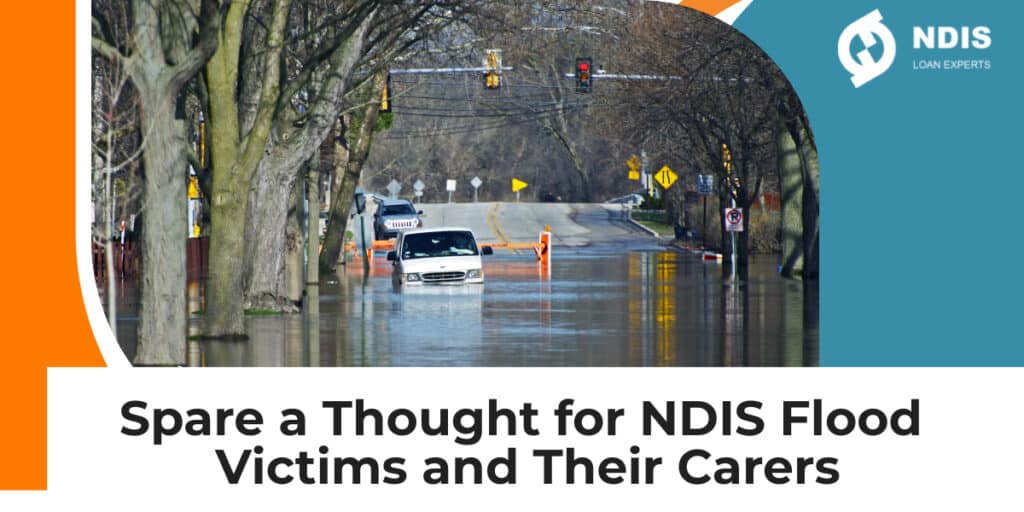There has been plenty of media coverage of the thousands of recent flood victims in southeast Queensland and northern New South Wales. However, NDIS victims are a particularly affected group who are rarely highlighted.
The impact on people living with a disability
For many on the NDIS, their home can be crucial to meeting their everyday living needs, especially those in specialist disability accommodation (SDA). However, the current Disability Royal Commission has heard submissions that people living with disability are more vulnerable to homelessness during emergencies that displace Australians from their homes.
Research conducted by the University Centre for Rural Health in northern New South Wales shows that people living with disability and their carers are more likely to:
- have their homes flooded,
- have a greater need for suitable emergency accommodation that is often not available,
- be evacuated from their homes during floods,
- be displaced from their flood-damaged homes for six months or more while their homes are repaired, and
- be in the lowest socioeconomic group.
It’s an unfortunate fact that homes in flood-prone areas are cheaper to rent and buy. This makes these homes affordable for people with lower incomes, including those that live with disability and their carers.
The current shortage of accommodation in both southeast Queensland and northern New South Wales only adds to the problem. Vacancy rates were already at record lows before flood victims entered the temporary accommodation market.
There is also a general shortage of home care workers. The reasons for the worker shortage are both short and long term, and they include:
- low wages,
- COVID-19 isolation requirements,
- a lack of international workers, and
- an increasingly casualised workforce.
What are the solutions?
The most obvious solution to the problem is for more suitable accommodation to be available when emergency situations arise, including SDA. The federal government’s National Disability Strategy for the next decade includes the right too safe and accessible housing for those living with disability, even in emergency situations.
This will require investments into building more accommodation in these areas. Specialist NDIS loans are available for this purpose.
Solving the problem will also require better disaster management planning by relevant federal, state and local government authorities. The need for those living with a disability to be included in the development of disaster management plans is one of the key priorities of the National Disability Strategy for the following reasons that are published in the document itself:
“People with disability are disproportionately affected, and experience higher rates of injury and death, as well as face increased challenges during disaster response and recovery.”
“Evacuation shelters designed to protect the community in the event of natural disasters are often difficult to access for people with disability – lacking ramps, railings, accessible toilets and other accessible facilities, including accessible information.”
The bottom line
The spate of natural disasters in Australia in recent years (floods, bushfires and cyclones) highlights the accommodation risks that all Australians face, in particular those in society who are the most vulnerable, like those living with disability.


